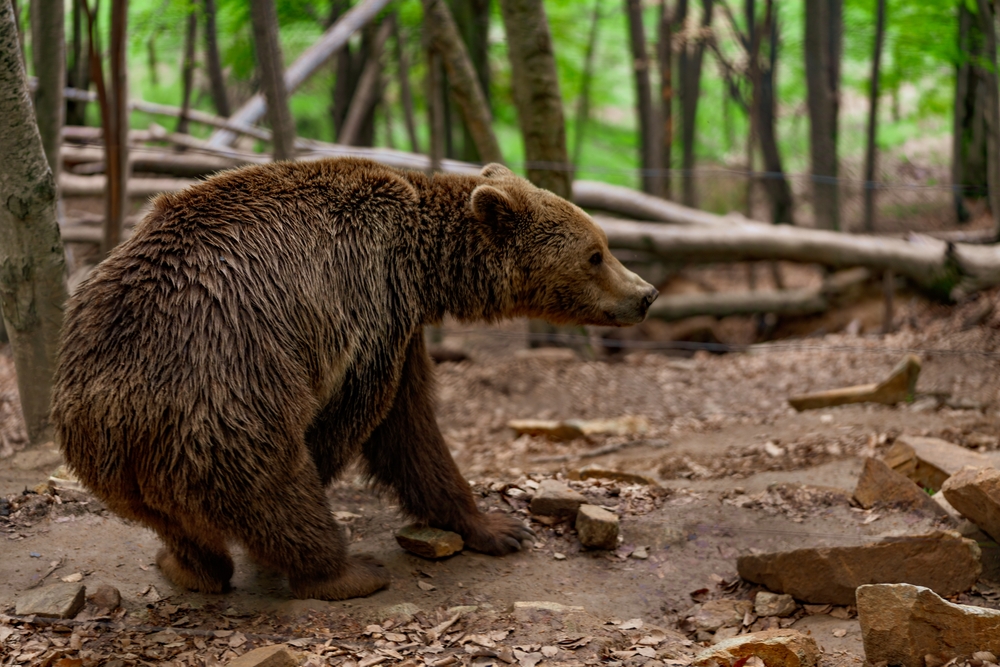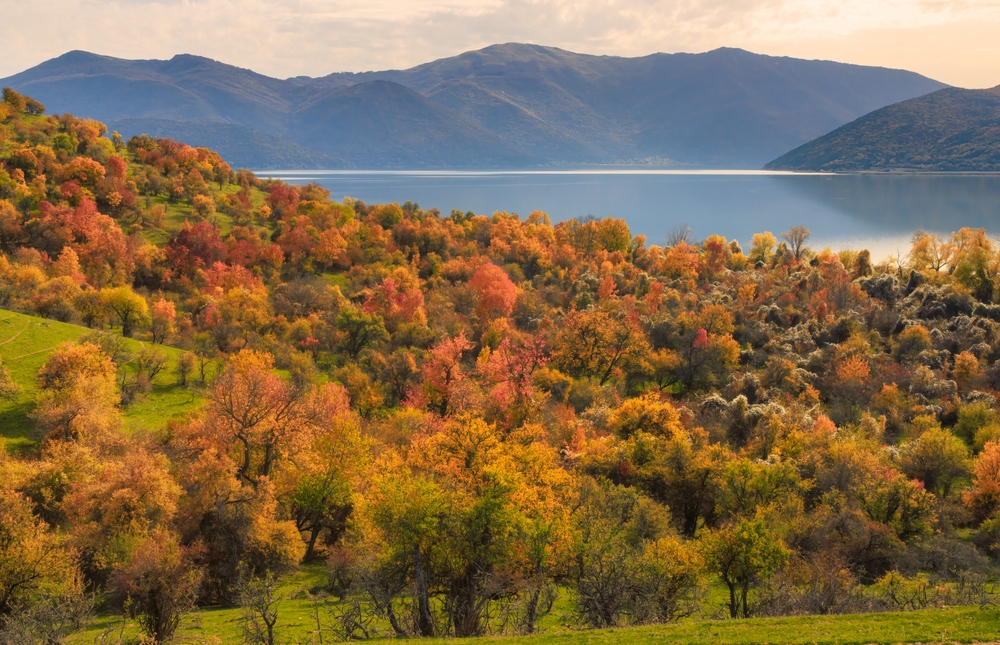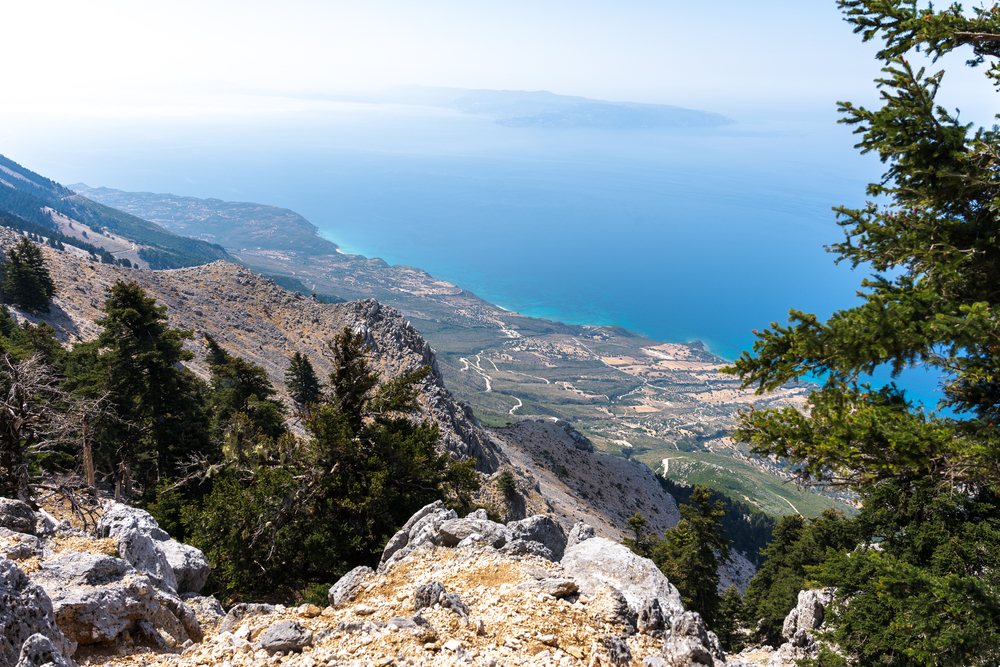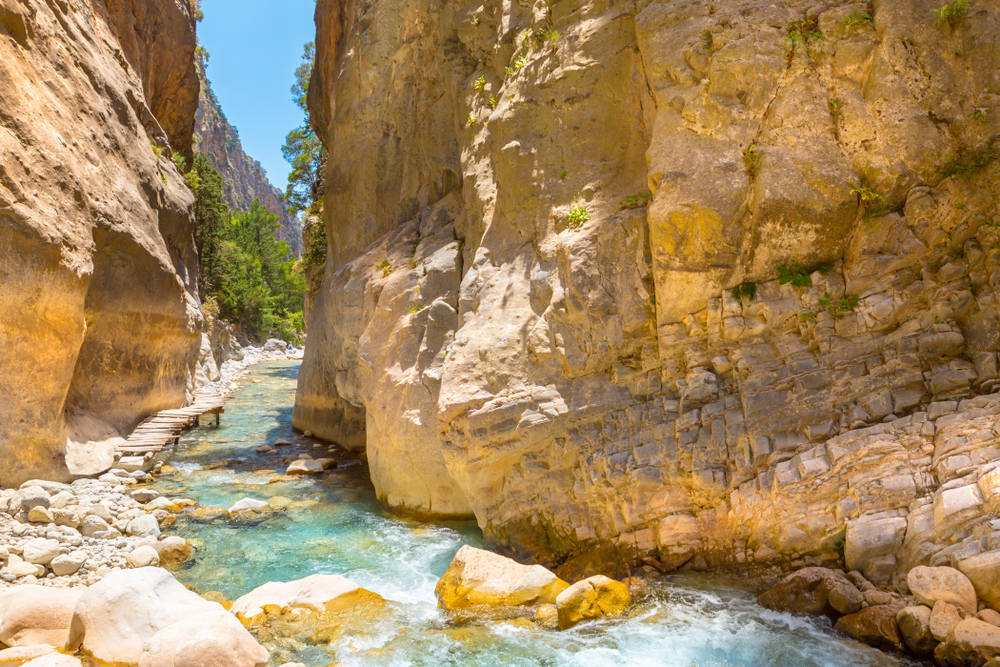Mount Oeta Overview
Mount Oeta National Park, known locally as Εθνικός Δρυμός Οίτης, is a striking natural reserve located in central Greece, covering approximately 27 square miles (70 square kilometers).
The park, established in 1966, is situated in the region of Phthiotis and extends across the rugged slopes of Mount Oeta, a prominent limestone massif that reaches an elevation of about 7,152 feet (2,179 meters) at its highest peak, Pyrgos. The landscape is characterized by steep cliffs, deep ravines, alpine meadows, and dense forests that make it a vital ecological haven and a breathtaking destination for visitors.
The terrain of the park is diverse, featuring lush forests primarily composed of fir (Abies cephalonica) and black pine (Pinus nigra), while lower elevations are covered in oak and chestnut trees. As the altitude increases, the vegetation shifts to subalpine meadows filled with wildflowers, including orchids and rare endemic species such as the Oeta bellflower (Campanula oetaea), which thrives in this specific region.
The park is particularly known for its seasonal floral displays, especially in spring and early summer when the meadows burst into vibrant colors. The gorges and plateaus, shaped by erosion over millennia, create a dramatic and picturesque setting, with the Gorgopotamos River carving through the landscape, forming waterfalls and natural pools that add to the park’s beauty.
Mount Oeta National Park is home to a diverse array of wildlife, with some species being of significant conservation interest. Large mammals such as the Eurasian brown bear (Ursus arctos), wild boar (Sus scrofa), and red deer (Cervus elaphus) roam the park, though they are elusive and rarely seen by visitors.
The region also hosts smaller carnivores like the Eurasian badger (Meles meles), red fox (Vulpes vulpes), and the rare European wildcat (Felis silvestris). Bird enthusiasts will find the park a rewarding destination, as it provides habitat for birds of prey, including the golden eagle (Aquila chrysaetos), short-toed snake eagle (Circaetus gallicus), and peregrine falcon (Falco peregrinus). Various woodpeckers, finches, and warblers add to the avian diversity, making the park an excellent birdwatching location.
One of the most notable attractions within the park is the renowned Pyra of Heracles, a site associated with Greek mythology as the legendary location where the hero Heracles was said to have ascended to immortality. This connection to ancient Greek legends adds an element of historical intrigue to the park.
The Gorgopotamos Bridge, which played a significant role in World War II as a site of resistance against Axis forces, is another historically significant site within the region. Additionally, several caves and gorges, including the impressive Katavothra Chasm, offer unique opportunities for exploration.
Visitors to Mount Oeta National Park can engage in a variety of outdoor activities that allow them to experience its natural beauty up close. Hiking is the most popular way to explore the park, with several well-marked trails offering stunning views of the surrounding mountains and valleys.
The E4 European long-distance path crosses through the park, providing an excellent route for trekking enthusiasts. Climbing, mountaineering, and canyoning are also popular due to the park’s rocky terrain and dramatic gorges. In the winter, snowfall transforms parts of the landscape into an ideal setting for snowshoeing and other winter sports.
Conservation efforts within the park have been ongoing to protect its rich biodiversity, particularly in light of threats such as deforestation, illegal hunting, and climate change. Management initiatives focus on habitat restoration and the protection of endangered species, with cooperation between environmental organizations and local authorities.
Despite challenges, Mount Oeta National Park has remained a critical sanctuary for wildlife and an invaluable area for ecological research and preservation.

















































































